Photo of Cerulean Warbler by Joshua Wiley.
Tobacco Barn Hollow Preserve - Doubling the Size of a Remote Forest Wilderness
Total Project Cost: $2,349,516
Balance of Acquisition Costs Needed: $1,616,466
Stewardship Funds are critically needed
Hiking: Sunrise to Sunset
Address: 700 Ewing Road, Bainbridge, OH 45612;
6870 Morgans Fork Rd, Waverly, OH 45690
Download and Go! - Hiking Guide and More Information
A dog owner's guide to hiking the Arc of Appalachia
Backer Barn Hollow, as we call it locally, spans the shared border of Ohio’s Ross and Pike Counties in the remote, roadless heartland of 12,500-acre Pike State Forest. Nestled between Mitchell and Robinette Ridges, the region boasts a dramatic 500-foot elevation change from ridgetop to the valley floor.
Only FOUR viable populations of timber rattlesnakes remain in Ohio and Tobacco Barn Hollow is one of them. Multiple sightings of the endangered timber rattlesnake have been documented on both state land and our own preserve. Without large blocks of protected forested wilderness, this beautiful, shy, and unassuming reptile has no chance whatsoever for survival. In our pursuit to expand home territory for this species, we are giving it a chance to have a future. Naturally, many other wildlife species will benefit from the protection of such a large and contiguous chunk of forest, especially since we will be permitting these woodlands to age and mature without timber removal or any other disturbance.
Scroll below the photo gallery and the acquisition map for deeper information. Aerial photo by Brian Prose.
This is our second-largest campaign for Ohio forest preservation in the Arc’s 30-year history! Our goal is to DOUBLE the acreage of Tobacco Barn Hollow Preserve, increasing it from its current 458 acres to 927!! We were already working on one major parcel in the region, funded heavily by a Clean Ohio grant, when, in the span of just a few months last winter, we were contacted by FIVE more land holders who wanted to sell, many of them hoping their forests would be permanently preserved.
What are the odds of this real estate activity in one place—and all at the same time? We were stunned by the synchronicity of these opportunities. If this plan succeeds, Tobacco Barn Hollow will become the Arc’s SECOND LARGEST preserve in Ohio, exceeded in size only by the Highlands Nature Sanctuary. We are stunned by how this campaign has come together against all odds!
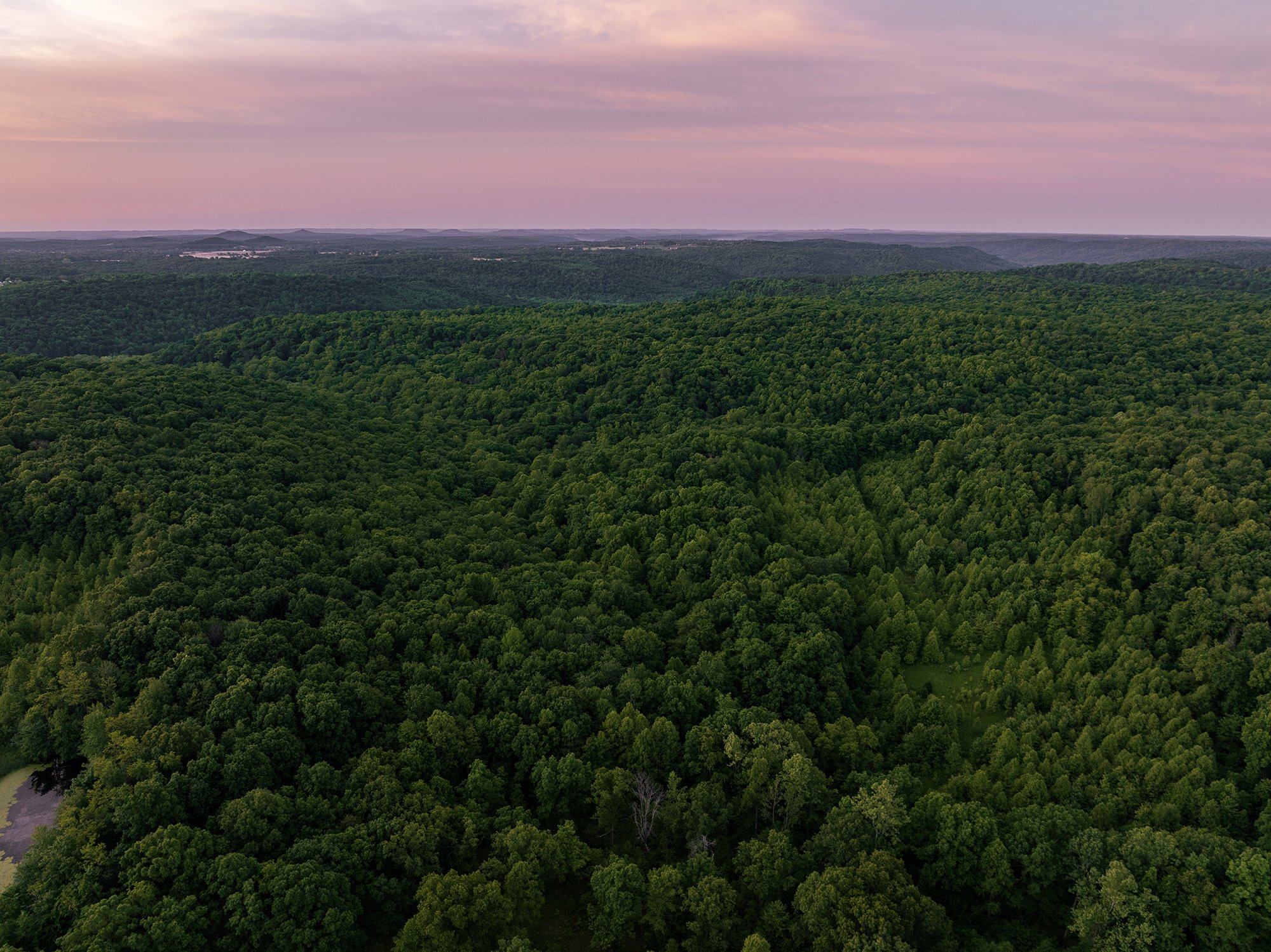
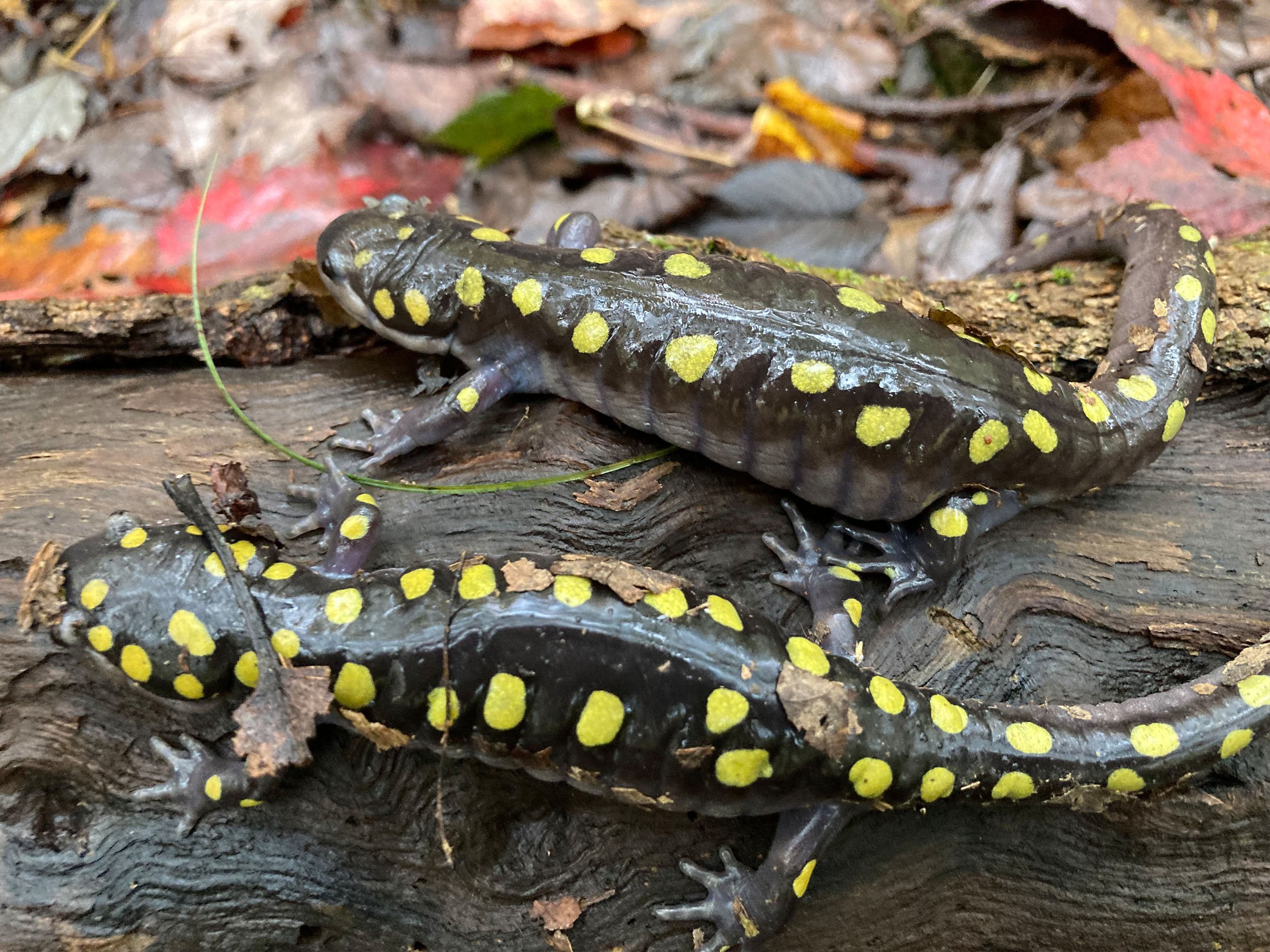

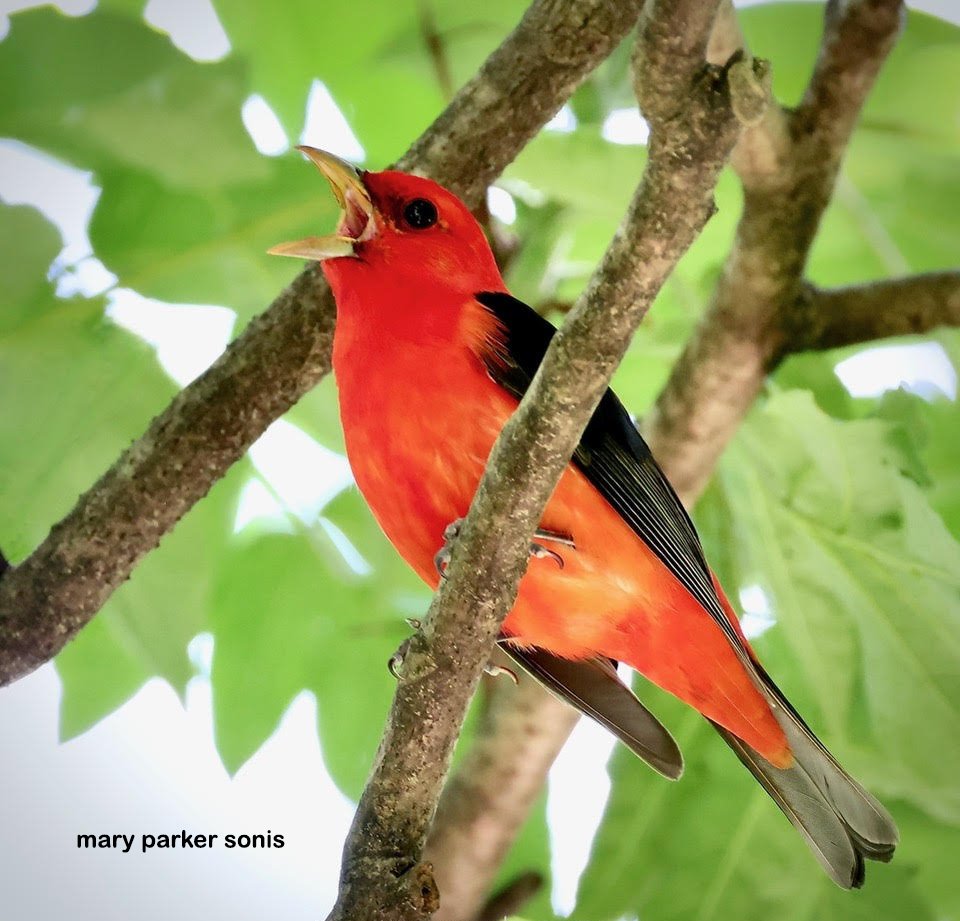

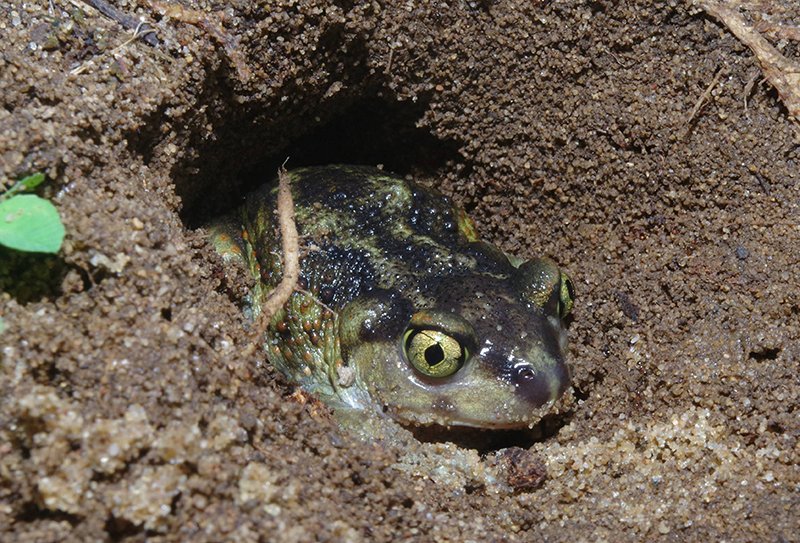
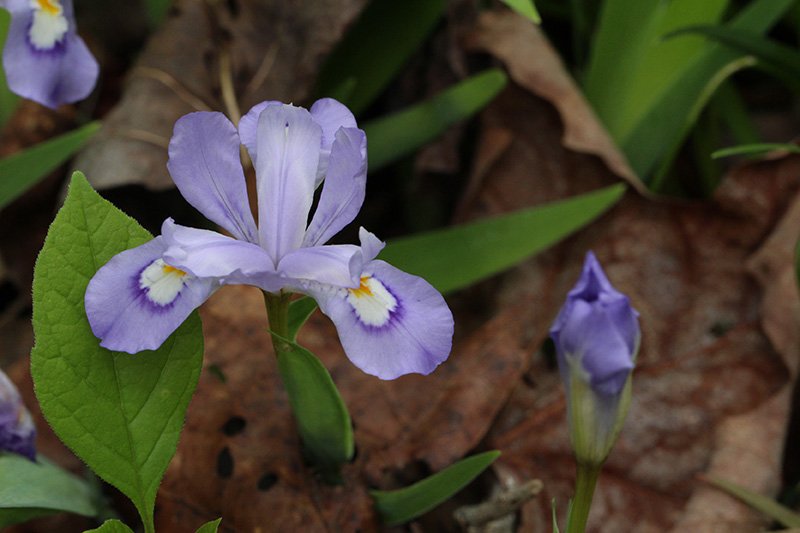
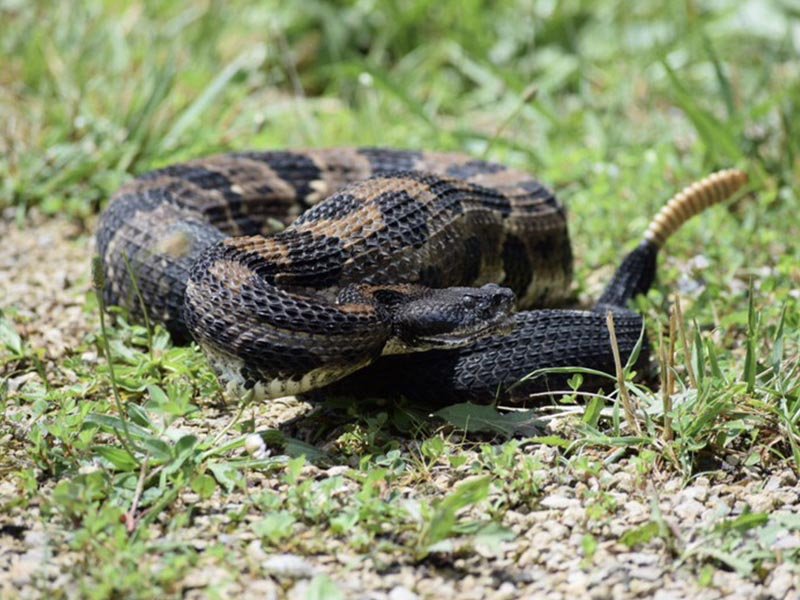
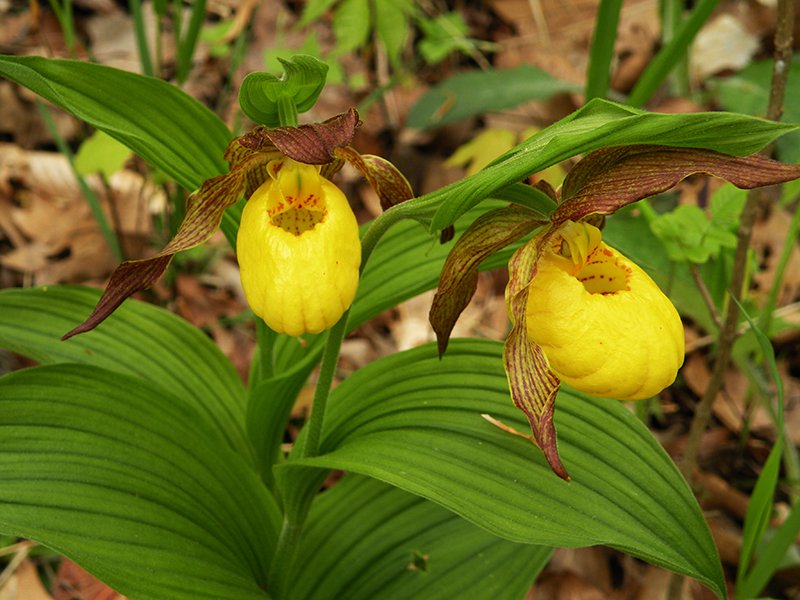
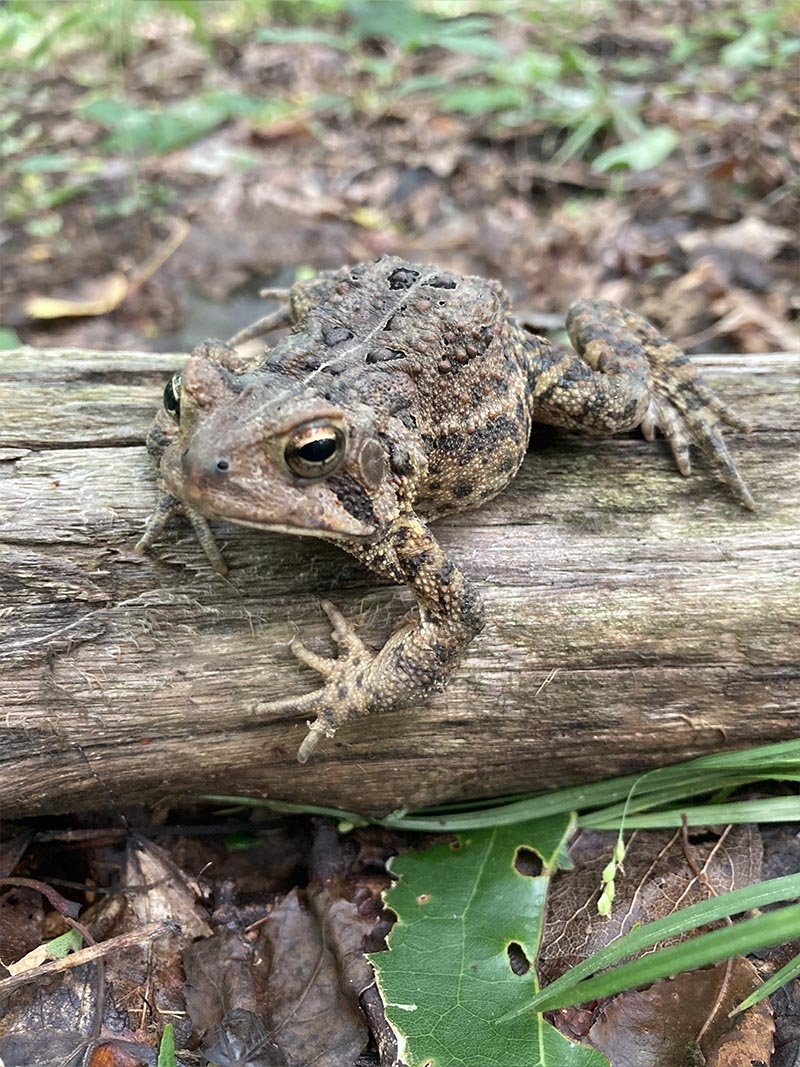


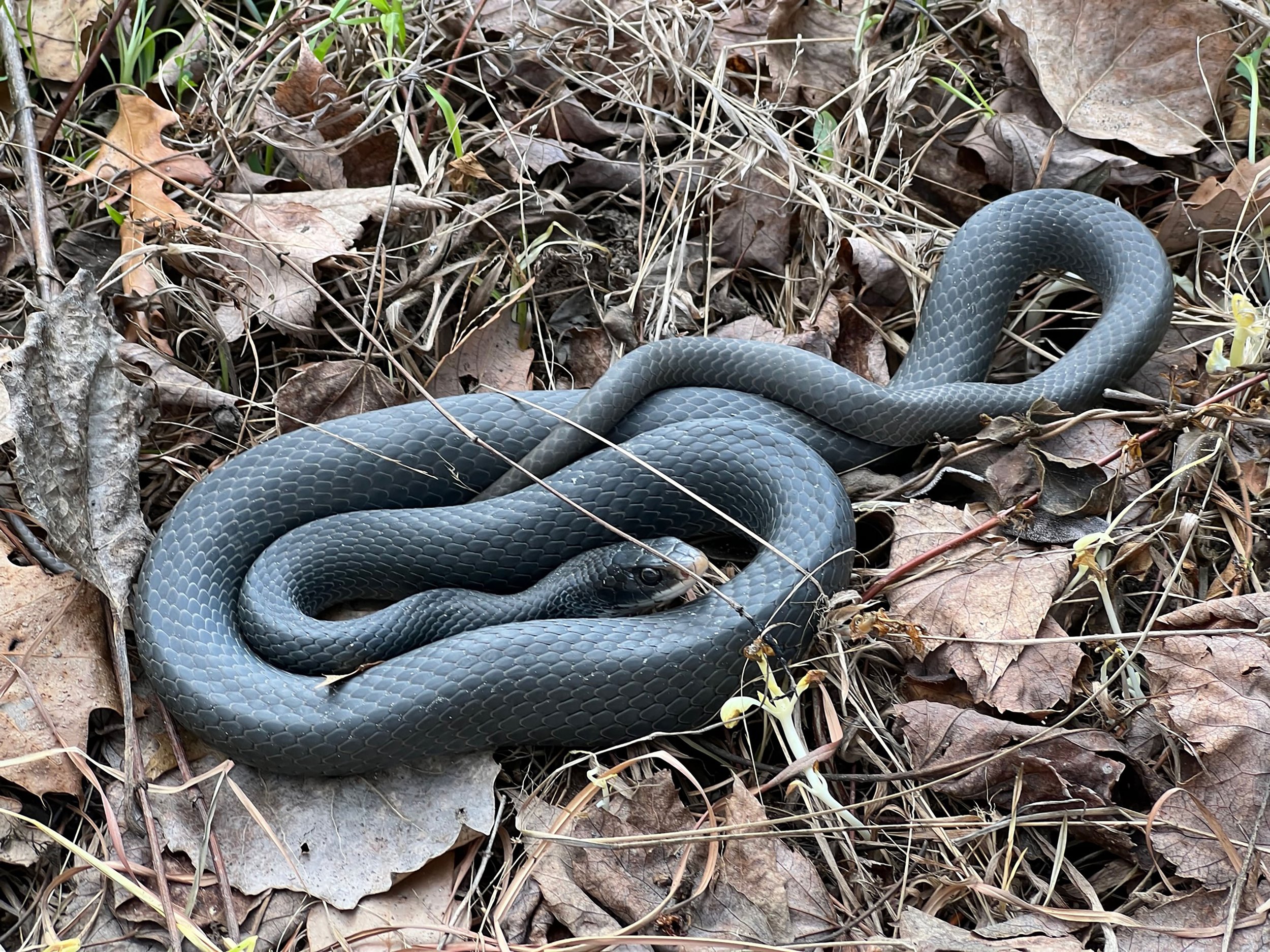


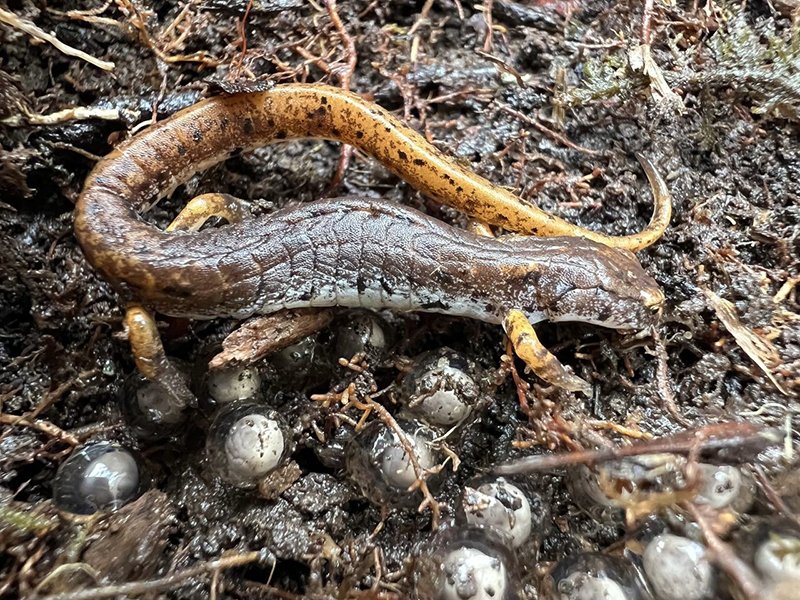

Preserving a Wilderness for Biodiversity. Forest fragmentation and destruction are two of the leading causes of biodiversity decline across America’s Great Eastern Hardwood Forest. The larger an intact forest community, the better it can nurture its primeval complex of plants and animals. Large, old forests equate to high biodiversity. The Arc’s primary purpose for founding Tobacco Barn Hollow in 2007 was to provide homes for some of Ohio’s most vulnerable wildlife species. Today, sixteen years later, we wish to expand it in size for the very same reasons.
Herp “Central.” Tobacco Barn Hollow has the greatest diversity of amphibians and reptiles of any preserve in the Arc of Appalachia properties. Tobacco Barn Hollow is not only a documented refuge for timber rattlesnakes, but it also provides a safe harbor for many other reptiles as well, including gray rat snakes, rough green snakes, black racers, and ring-necked snakes, to name a few. Timber rattlesnakes have been intensely studied at Tobacco Barn Hollow Preserve over the years by expert field researchers. By marking individuals with small tracking devices and then laboriously following them around all summer, a remarkable amount of information has been gleaned about their seasonal behaviors. We’ve learned how far a snake will cover ground in a season, where it hibernates, and what perils present themselves throughout the year. Several specimens of timber rattlesnakes have been found crossing the very lands that we are currently pursuing for acquisition.
Tobacco Barn Hollow is equally rich in amphibian diversity. Vernal pools seethe with life in early spring at a time when mole salamanders, newts, and wood frogs play out their ancient breeding rituals. The rarest amphibian discovery that has been made in the preserve has been the state-endangered spadefoot toad. Multiple records of these extremely rare animals have been found on existing preserve lands, but where these animals are actually breeding remains a mystery.
Botanical hotspot. On one of the parcels, which has only recently been added to the campaign, Arc staff members were delighted to discover the densest wildflower display we have ever witnessed on soils derived from sandstone and shale bedrocks. Dense displays of celandine poppy, sweet William phlox, perfoliate bellwort, Jack-in-the-pulpit, green dragon, long-spurred violet, and large-flowered trillium dominate the dense carpets of flowers. In early summer, stunning towers of Canada Lilies unfurl into bloom. Tobacco Barn Hollow’s floral diversity and bounty even rival the flower showcases of the Arc’s karst-country preserves, which is really saying something!
We Speak for the Birds!! Preserving habitat for breeding birds on both ends of their arc of migration is now an urgent necessity if we are not to witness the tragedy of a rapidly approaching Silent Spring. The population of North American birds has dropped nearly 30% since 1970, which equates to a staggering loss of three billion birds. Because the word “billion” is beyond our comprehension, considering the losses of specific species helps drive this point home. Since 1970, we have lost 168 million dark-eyed juncos, 93 million white-throated sparrows, and 139 million meadowlarks. Roughly one out of every four birds that shared our world back in 1970 has vanished into thin air. These missing birds are the “canaries in the coal mine” for planet Earth. Their deaths demonstrate that the life force of our planet’s ancient, natural communities - including our Eastern Forest - is flickering out as it loses its ability to sustain abundance and biodiversity.
All of the bird migrants that winter in the tropics and nest in the deep forests of the eastern United States - from scarlet tanagers to hooded warblers and wood thrushes - have significantly better breeding success when provided with large, intact blocks of forests. This is where their insect food reserves are the most secure, and where the threat of parasitic cowbirds laying eggs in their nests is minimized. Thus, all of our forest birds benefit from the Tobacco Barn Hollow project - our vireos, tanagers, gnatcatchers, and warblers. But the birds that will benefit the most are those that don’t just prefer large blocks of forests to reproduce successfully, they require them. Signature deep forest birds include worm-eating warblers, ovenbirds, cerulean warblers, and Kentucky warblers. All of these species can be found in high numbers in the forests of Tobacco Barn Hollow, and they will especially benefit from our planned forest protection in the region.
Why is funding for this campaign so important? Last year, the Arc was awarded a grant from the Clean Ohio program for the purchase of the 189-acre tract known as Pike Lake Entrance, Phase 1 (see map above). Because the high value of timber on the property met the grant’s required match, we are delighted to report that this acquisition has been paid for in full. However, at the inception of this campaign, all of the other five properties we seek to acquire are not funded and at risk without securing the necessary funds.
If we can successfully apply for grant funding in the future, we won’t hesitate to try to do so. However, positive outcomes from grant support are far from certain, and they are, in any case, slow in coming. If, with the help of grants, we are lucky enough to have surplus funds at the end of this campaign (however unlikely that may be), we will move excess funds into our Land Revolving Fund, the powerhouse of our land-buying muscle.
The Arc’s Land Buying Engine - the Land Revolving Fund. Monies in the Land Revolving Fund are poised to buy properties that, due to market conditions, have to be purchased more quickly than the slow gears of fundraising permit. The Land Revolving Fund is essentially a land-buying savings account for the Arc. When properties are purchased with money loaned out of the Land Revolving Fund, the lands are temporarily held by the Arc’s nonprofit partner, Wilderness East. This gives us here at the Arc the priceless gift of time. When everything works out as it should and the Arc has successfully completed fundraising for a specific project, the monies borrowed from the Land Revolving Fund are then returned to the Fund and are ready to be used for a future project. Over the years, we have slowly increased the Fund - thereby strengthening our land-buying capacity. Obviously, if we fail to fundraise and fail to replace the loaned funds, the Arc is stalled in land-buying negotiations until the Fund is slowly built back up again. Instead of becoming stronger, we are weaker.
Please make a donation to one or both of our two stellar campaigns this year - the Tobacco Barn Hollow campaign, AND/OR our FIVE miles on the Gauley campaign to save 1136 acres on one of the world’s most legendary rivers. OR - give to our Land Revolving Fund. Your donation will be used to buy land—and it might be used over and over again.



